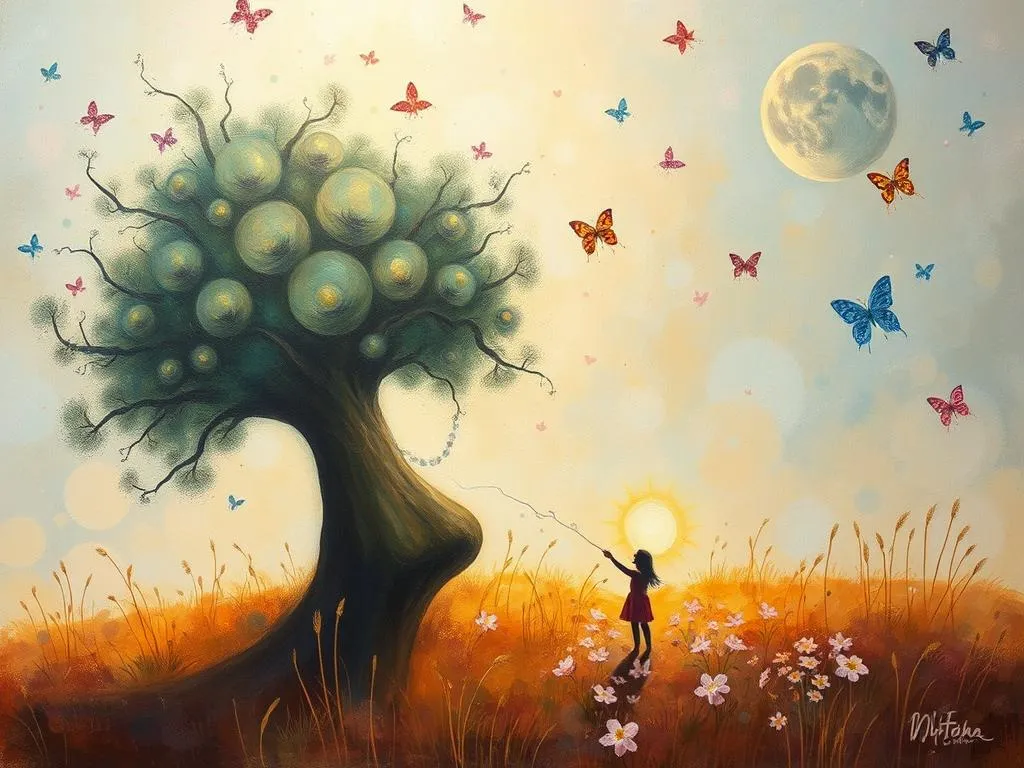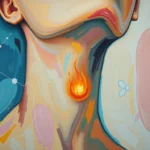
Introduction
Dreams have long captivated the human imagination, serving as a bridge between our conscious and unconscious minds. Among the myriad of dreams that people experience, the phenomenon of headlessness—or dreams in which one finds themselves without a head—remains particularly intriguing. This type of dream can evoke feelings of confusion, fear, or curiosity, prompting individuals to seek understanding of its underlying meaning. The relevance of such dreams lies in their ability to reflect our internal struggles, fears, and desires, making them a poignant subject for exploration. As we delve into the symbolism and significance of headless dreams, we uncover a treasure trove of insights that can lead to profound self-discovery.
Symbolism and Meaning
To decode the mysteries of headless dreams, we must first examine the symbolism associated with being headless. The head, often associated with identity, thought, and control, represents our consciousness and decision-making abilities. Therefore, losing one’s head in a dream can symbolize a range of emotions and states, including:
- Loss of Control: Feeling overwhelmed or unable to navigate life’s challenges.
- Identity Crisis: Struggling with self-image or a lack of direction in life.
- Disconnection: A sense of being detached from one’s feelings, thoughts, or surroundings.
From a psychological perspective, dreams of headlessness can indicate:
- Fear of Losing Autonomy: Concerns about others dictating one’s actions or choices.
- Suppressed Emotions: A subconscious signal that certain feelings or thoughts have been repressed or ignored.
Different Perspectives
Interpreting headless dreams can vary significantly based on individual experiences and cultural contexts. Here are some additional interpretations:
- Cultural Symbols: In certain cultures, the headless figure may represent a loss of spiritual connection, indicating a need for deeper introspection or a return to one’s roots.
- Literary References: In literature, headless figures often symbolize existential themes, questioning the essence of being and identity. This reference may influence the dreamer’s perception and interpretation.
Reflect on your personal feelings towards these symbols. How do they resonate with your current life situation?
Key Scenarios and Variations
Headless dreams can manifest in various scenarios, each carrying its unique connotations. Analyzing these variations allows us to gain a more nuanced understanding of the dream’s message.
Common Variations
- Running Without a Head:
-
Interpretation: Suggests a frantic pace in life without clear direction. You may feel pressured to keep moving without knowing why or toward what goal.
-
Searching for the Head:
-
Interpretation: Indicates a quest for identity or a desire to regain lost aspects of oneself. This may relate to personal challenges or transitions.
-
Seeing Others Without Heads:
-
Interpretation: Reflects feelings of disconnect from those around you. This could symbolize a lack of meaningful relationships or emotional support.
-
Being Chased Without a Head:
-
Interpretation: Signifies fear or anxiety in waking life. The loss of your head may represent a fear of facing certain issues or emotions.
-
Calm Acceptance of Headlessness:
- Interpretation: Suggests a level of acceptance of your current state in life. It may indicate a readiness to confront challenges or uncertainties.
Personal Reflection
Consider how these variations resonate with your experiences. Are there particular scenarios that stand out to you? Reflecting on these aspects can deepen your understanding of your dream’s significance.
Real-Life Connections and Takeaways
Understanding headless dreams can provide valuable insights into your waking life. Here are some practical approaches to connect these dreams to real-life situations:
Self-Reflection Techniques
-
Journaling: Keep a dream journal to document your headless dreams and related feelings. This practice can help identify patterns and recurring themes.
-
Meditation: Spend time in quiet reflection, focusing on your emotions and thoughts surrounding the dream. This can facilitate a deeper connection to your subconscious.
-
Therapeutic Conversations: Discuss your dreams with a trusted friend or therapist. Sharing your experiences can provide new perspectives and facilitate emotional processing.
Practical Advice
-
Identify Stressors: Consider the pressures or challenges you face in your daily life. Reflecting on these can help pinpoint the source of your feelings of headlessness.
-
Embrace Change: If your dream points towards an identity crisis or fear of losing control, consider embracing change. Allow yourself to explore new opportunities and paths.
-
Reconnect with Emotions: If your dream suggests emotional disconnection, take time to engage with your feelings. Practices such as mindfulness or creative expression can be beneficial.
Call to Action
As you navigate the complexities of your headless dreams, it’s essential to remember that dreams serve as guides to our inner selves. Encourage yourself to delve into these experiences with an open heart and mind. Reflect on the lessons they offer, and consider how they can inform your path forward.
Conclusion
In unraveling the enigma of headless dreams, we uncover a rich tapestry of symbolism and meaning. These dreams invite us to confront our fears, reassess our identities, and reconnect with our emotions. By engaging in self-reflection and embracing the insights these dreams provide, we can navigate life’s challenges with greater clarity and purpose. Remember, the journey of self-discovery is ongoing, and your dreams serve as valuable companions along the way. Embrace the mysteries of your subconscious, and allow them to guide you towards a deeper understanding of yourself and your life’s path.







